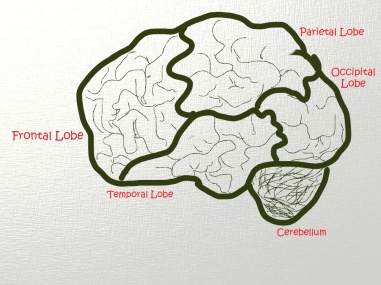This week I have been reminded of the importance of actively looking after your well-being in order to live a healthy, happy life.
A number of people I have interacted with recently seem to be on a “treadmill” existence. They are working very hard with very long hours and often have an hour or two of commuting as well. Many of these people are very well paid and yet their quality of life (or so it seems to me) is under threat.
Some of the people I have spoken to have themselves voiced a dis-satisfaction with their lifestyle and work patterns. Others speak as if they are just relating their day. For me this is a reminder that life is all about choices.
I choose to live the way I do. I know I could work harder and probably earn more money. For me the cost would be too high. Joe and I share a map of the world in common which helps a great deal. As a couple we both want the same things.
We do want a comfortable standard of living but not at the expense of our well-being and our ability to enjoy life. When I look at the lives of others as mentioned above I am also mindful that my view is not their view. Perhaps the people who are relating their day to me are happy with their life exactly the way it is. It is not for me to judge.
My point is that you are the only person who can judge if your life is working for you. Are you taking care of your well-being as well as your happiness? Only you know. Have you taken stock lately?
If you realise that your well-being is not where you want it to be what will you do about it?
For those of you experiencing pressures from needing to pay the bills, raise a family and any other things that you need to handle your well-being may feel out of your control.
You still have choice. What is one small step you can take today that will improve your well-being?
Do leave me a comment if you decide to take a step for yourself. Let me know what you plan to do. Sharing it will give it power.












